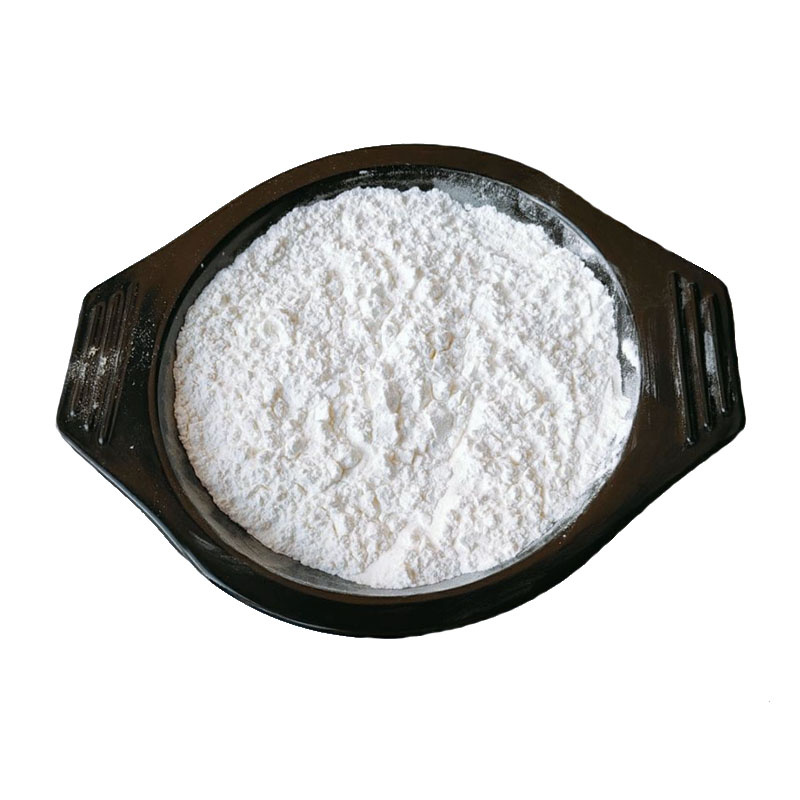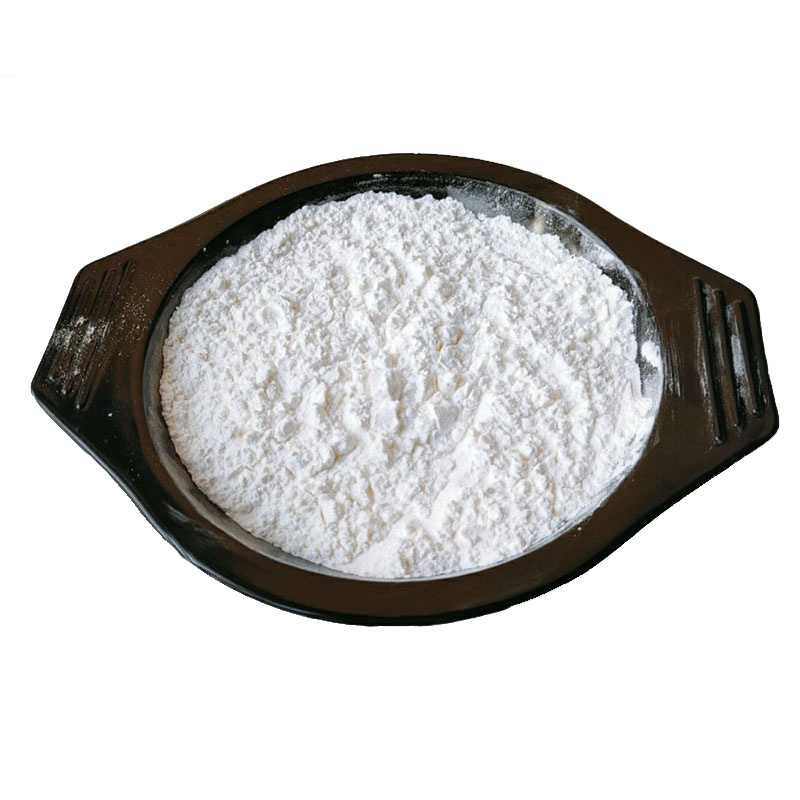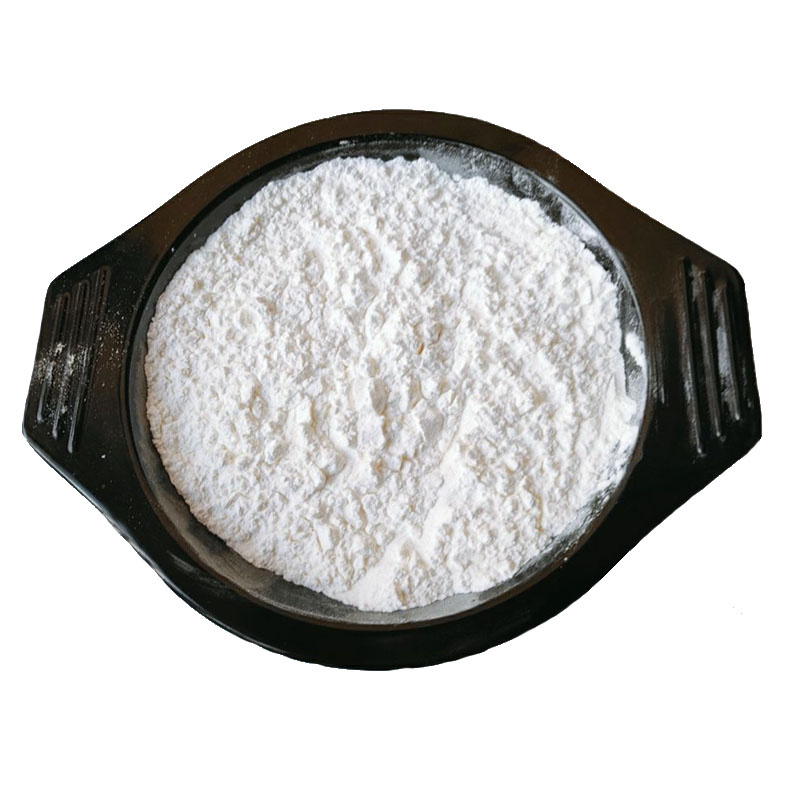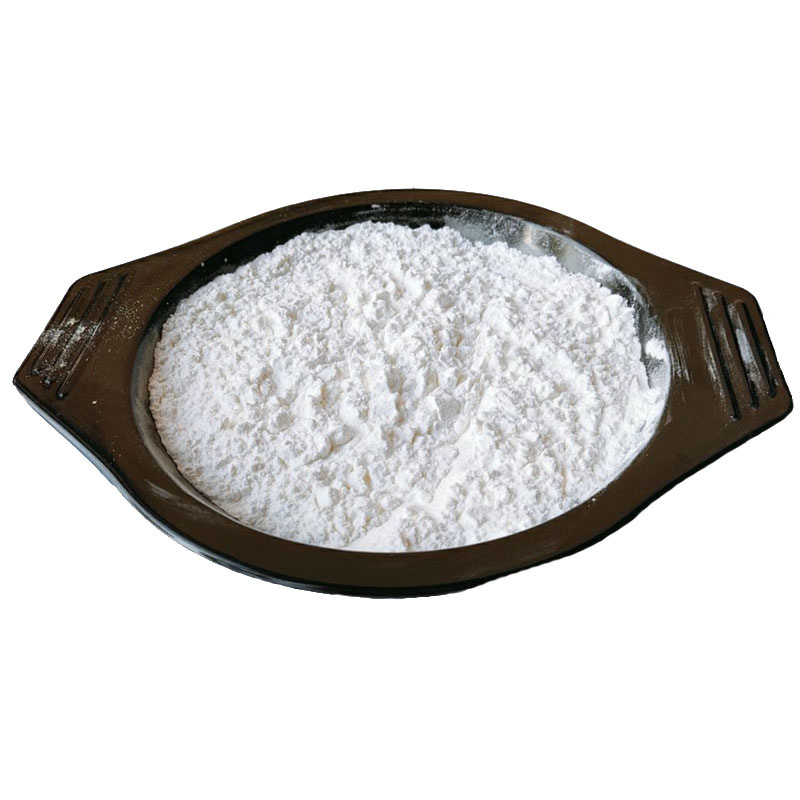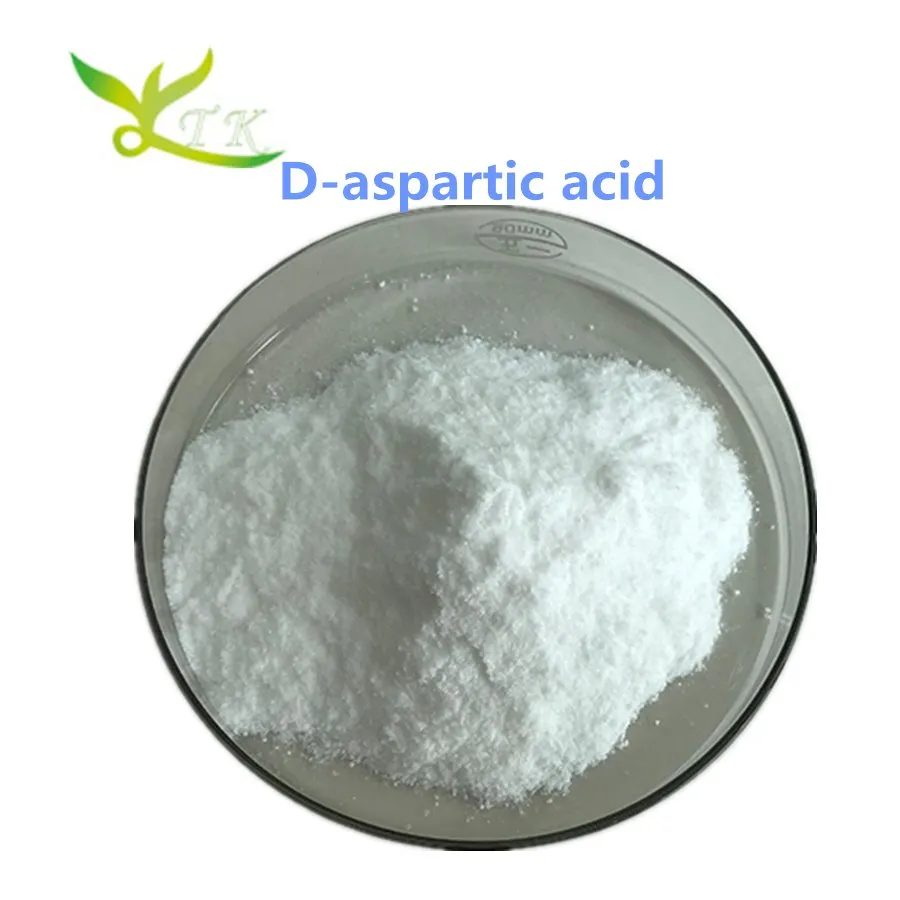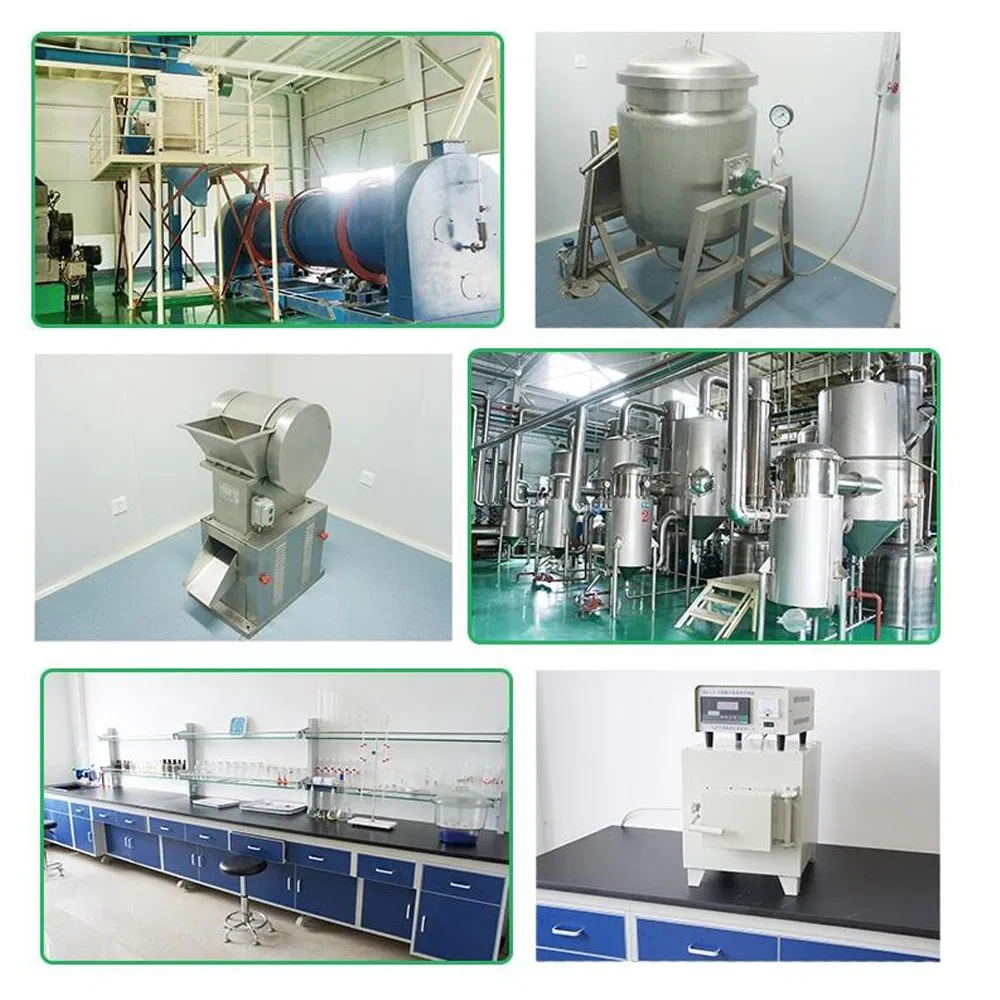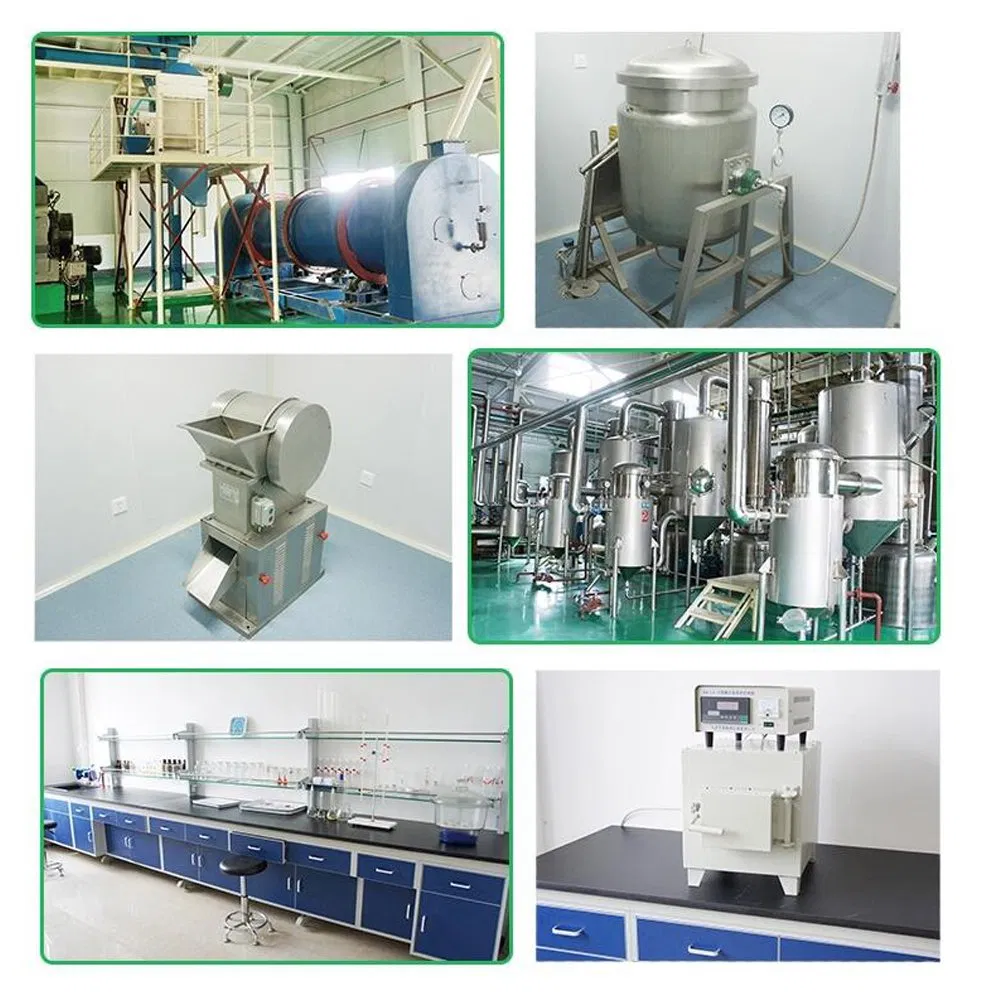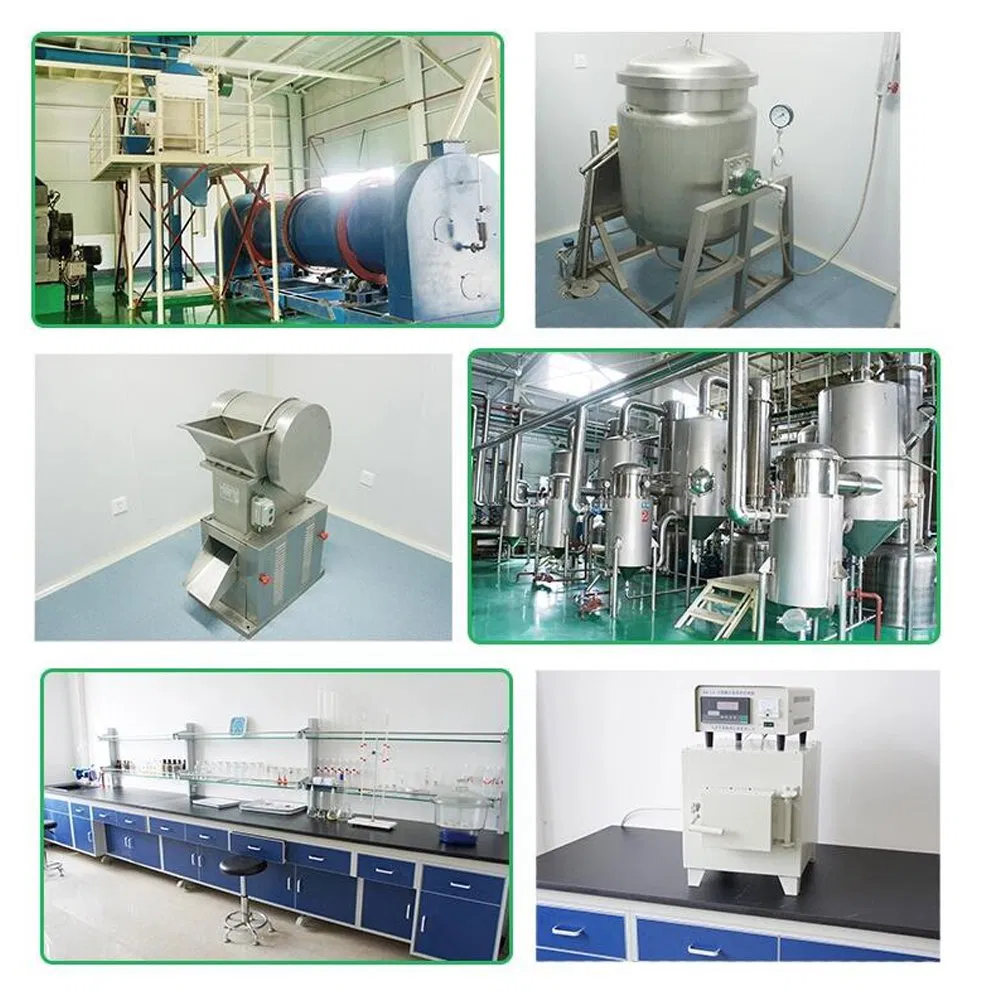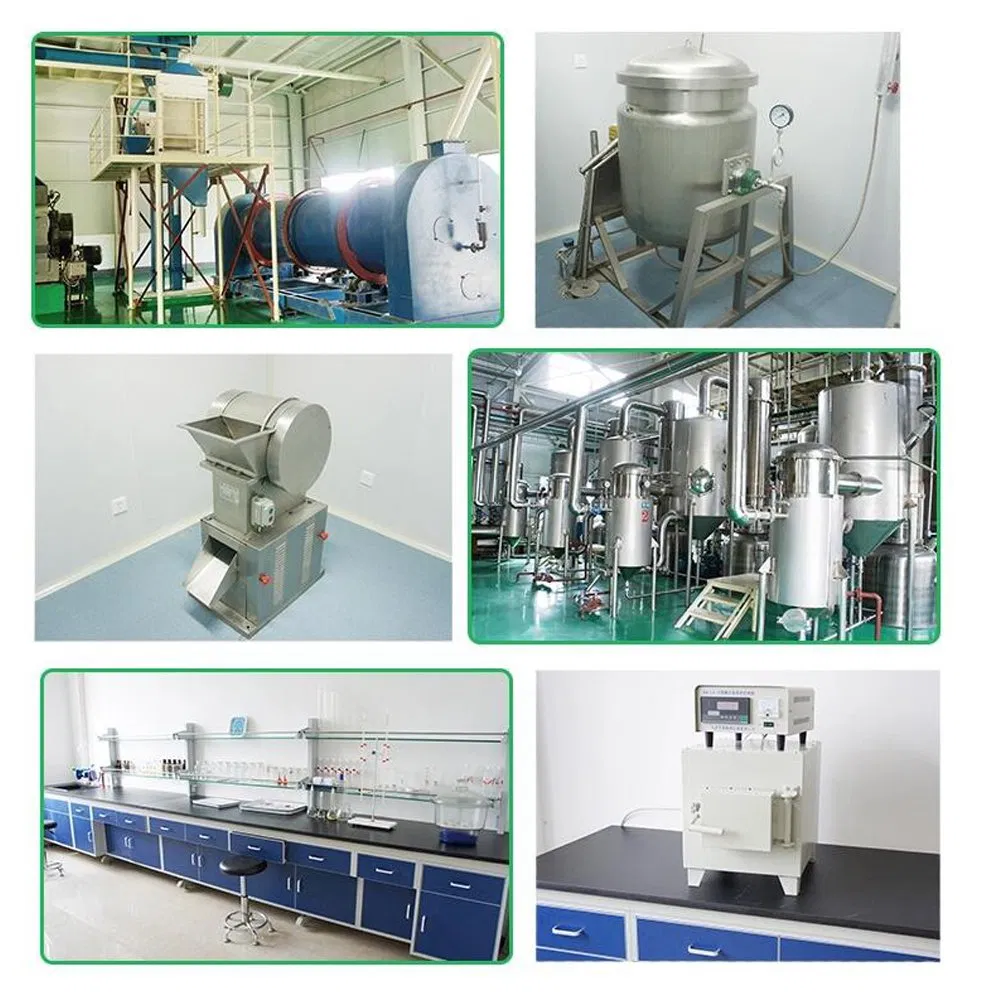Factory Supplier Gallic Acid CAS: 149-91-7
DescriptionGallic acid is a trihydroxybenzoic acid, a type of phenolic acid, a type of organic acid, also known as 3,4,5-trihydroxybenzoic acid, found in gallnuts, sumac, witch hazel, tea leaves, oak bark, and other plants. The chemical formula is C6H2(OH)3COOH. Gallic acid is found both free and as......
Send Inquiry
Product Description
Description
Gallic acid is a trihydroxybenzoic acid, a type of phenolic acid, a type of organic acid, also known as 3,4,5-trihydroxybenzoic acid, found in gallnuts, sumac, witch hazel, tea leaves, oak bark, and other plants. The chemical formula is C6H2(OH)3COOH. Gallic acid is found both free and as part of hydrolyzable tannins. The gallic acid groups are usually bonded to form dimers such as ellagic acid. Hydrolyzable tannins break down on hydrolysis to give gallic acid and glucose or ellagic acid and glucose, known as gallotannins and ellagitannins respectively.Gallic acid forms intermolecular esters (depsides) such as digallic and trigallic acid, and cyclic ether-esters (depsidones).
Gallic acid is commonly used in the pharmaceutical industry. It is used as a standard for determining the phenol content of various analytes by the Folin-Ciocalteau assay; results are reported in gallic acid equivalents. Gallic acid can also be used as a starting material in the synthesis of the psychedelic alkaloid mescaline.
The name is derived from oak galls, which were historically used to prepare tannic acid. Despite the name, gallic acid does not contain gallium. Salts and esters of gallic acid are termed "gallates".
Basic Info
| Chemical Name | gallic acid |
|---|---|
| Synonyms | gallic;3,4,5-trihydroxybenzenoic Acid;BETZ 0276;kyselinagallova;Gallic acid;Expand |
| CAS No. | 149-91-7 |
| Molecular Formula | C7H6O5 |
| Molecular Weight | 170.12000 |
| PSA | 97.99000 |
| LogP | 0.50160 |
Properties
| Appearance & Physical State | white crystalline powder |
|---|---|
| Density | 1.694 |
| Boiling Point | 501.1ºC at 760 mmHg |
| Melting Point | 251ºC (dec.) |
| Flash Point | 271ºC |
| Refractive Index | 1.73 |
| Water Solubility | 12 g/L cold water |
| Stability | Stability Stable, but may discolour upon exposure to light. Hygroscopic. Incompatible with strong oxidizing agents, strong bases, acid chlorides, acid anhydrides. |
| Storage Condition | Do not store in direct sunlight. Store in a tightly closed container. Store in a cool, dry, well-ventilated area away from incompatible substances. Store protected from light. |
| Vapor Pressure | 7.32E-11mmHg at 25°C |
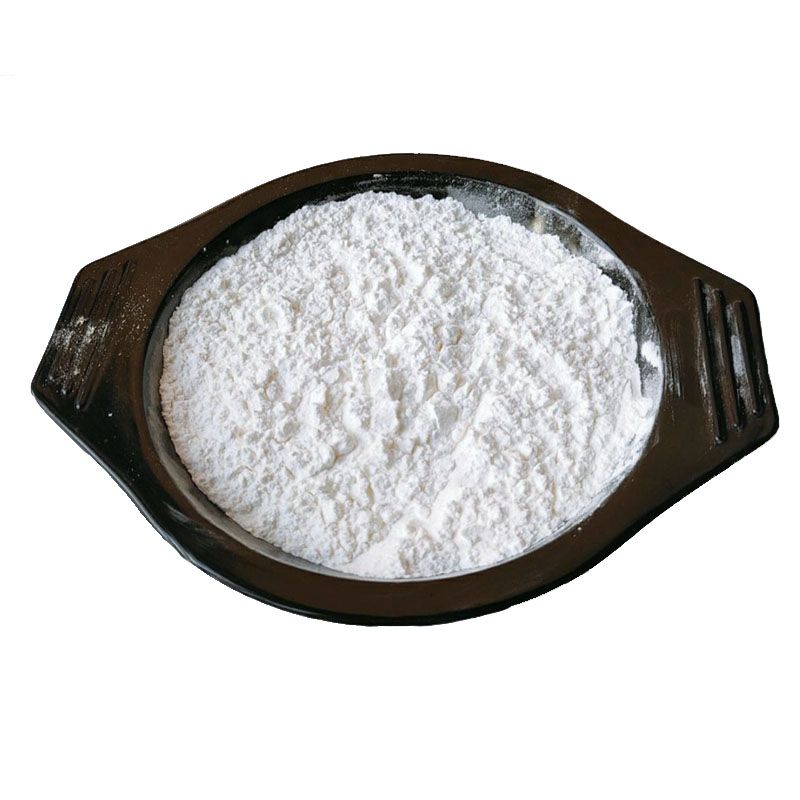

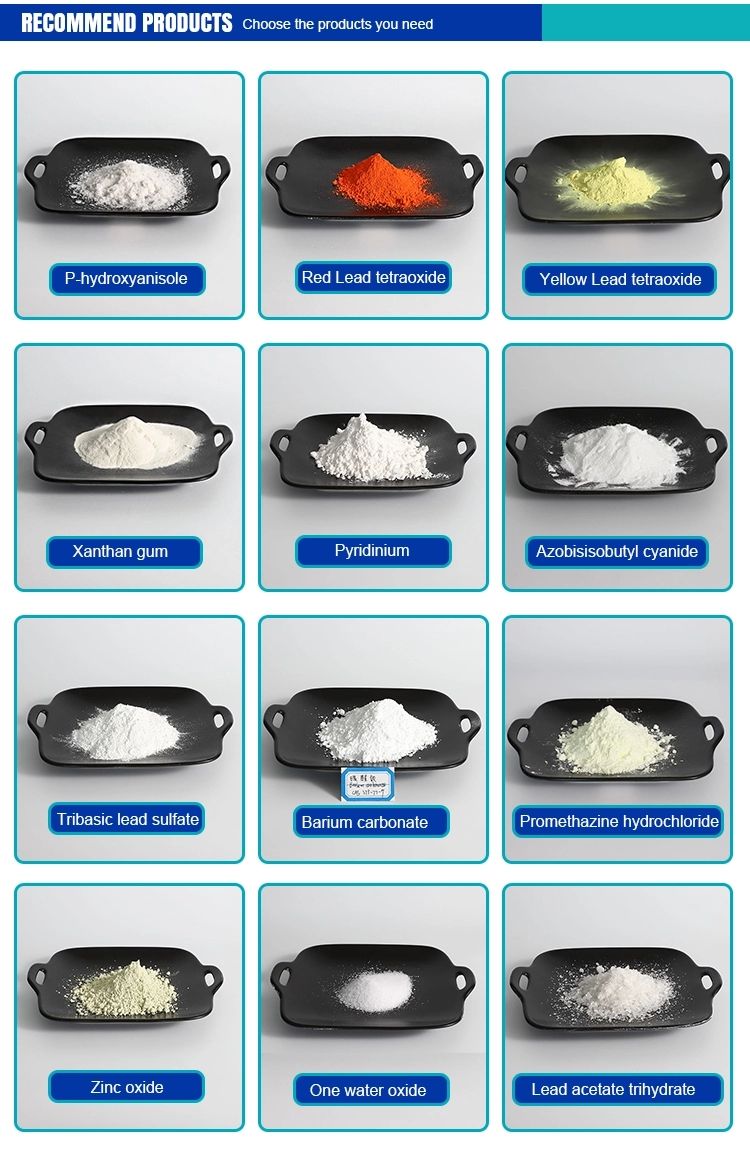

Related Category
Send Inquiry
Please Feel free to give your inquiry in the form below. We will reply you in 24 hours.


